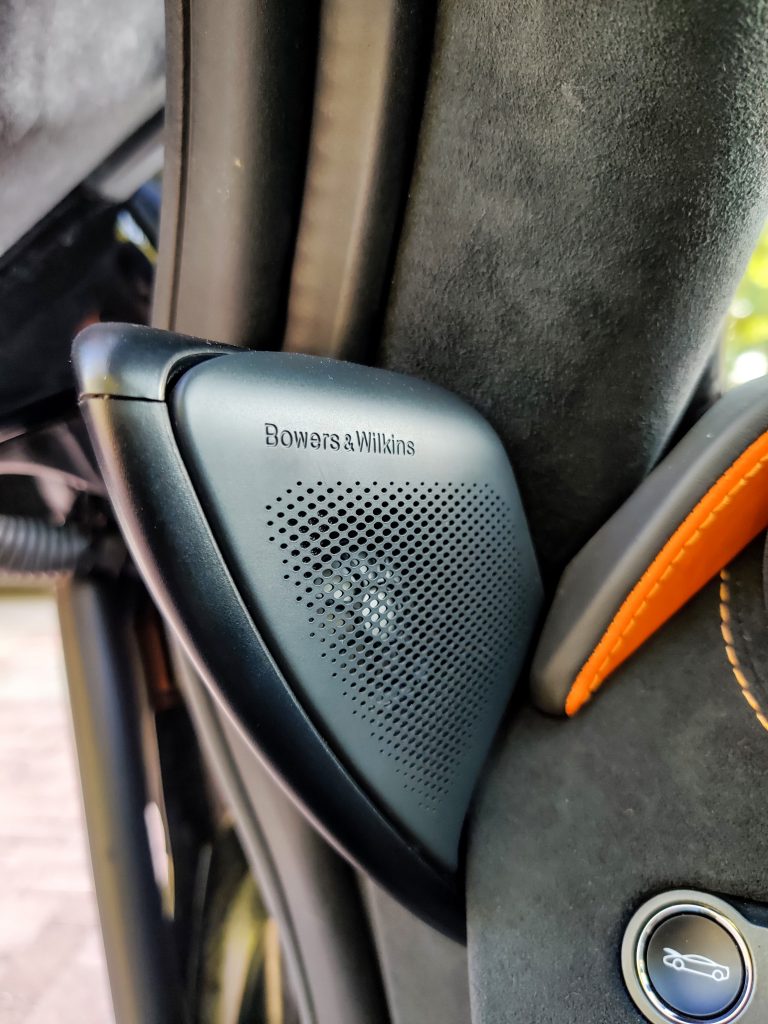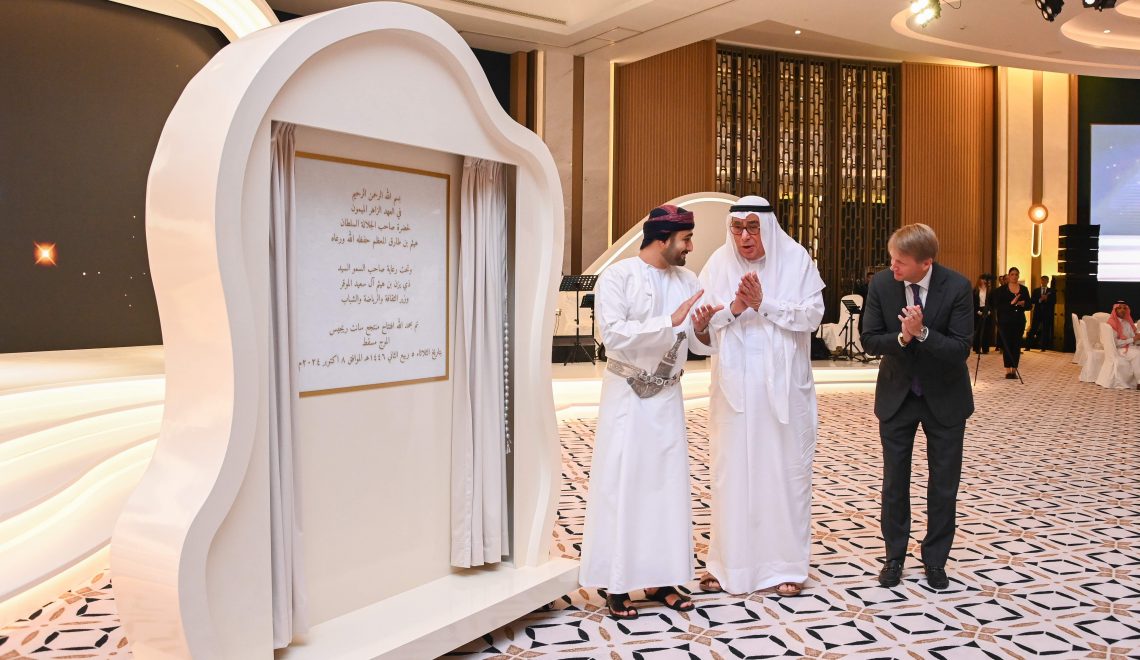McLaren brings back elements from its racing pedigree and adds a touch of pizzazz as it looks to etch its mark in the ultra-luxury supercar segment with the 720S Spider, says Alvin Thomas.
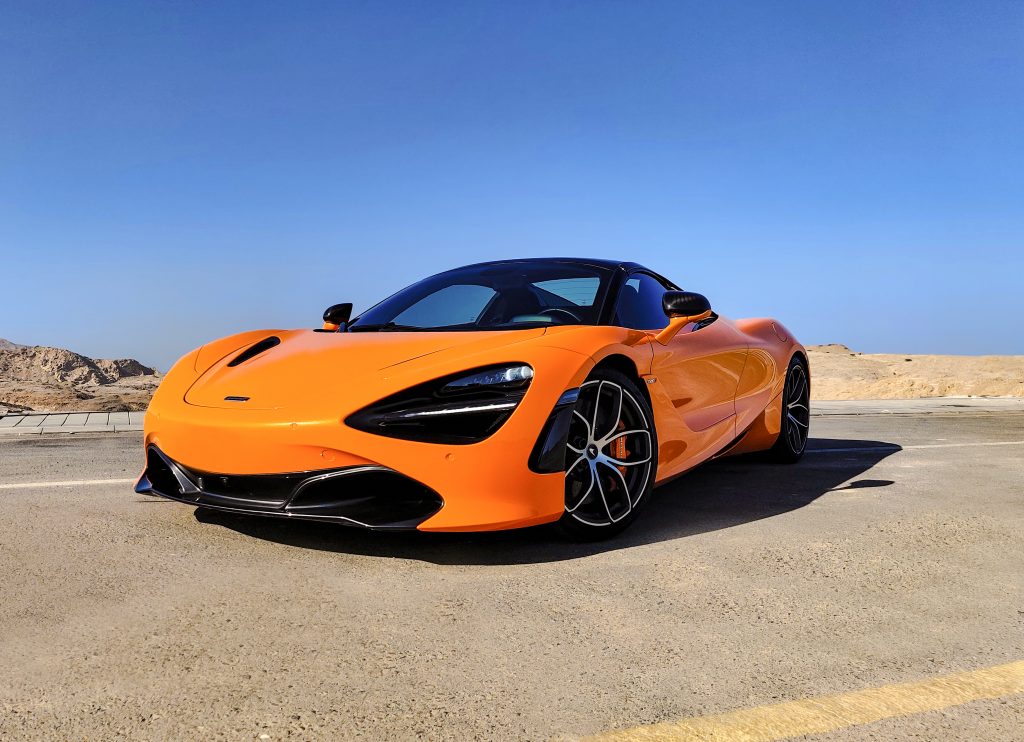
Gordon Murray really set the tone for McLaren with the deified F1 as we deep dive into the supercar hall of fame. From a car that lived as posters on the walls of millions around the globe in the late 20th Century to an established brand that has spawned some instant classics – think the Senna, Speedtail, and the P1 – it’s hard to imagine McLaren Automotive has ever strayed from their honed and crafted DNA in racing.
This is also why the 720S Spider is not your run-of-the-mill sports car. Sure, it’ll live a tamed life of pomp and show here on the roads in the Sultanate, but we’d say it’s a crime to keep it away from its natural habitat – the racetrack. For this McLaren is, in every essence of the word, a brutally quick, soul-satisfying supercar that can debase even the best from Europe. But that’s us getting ahead of ourselves.
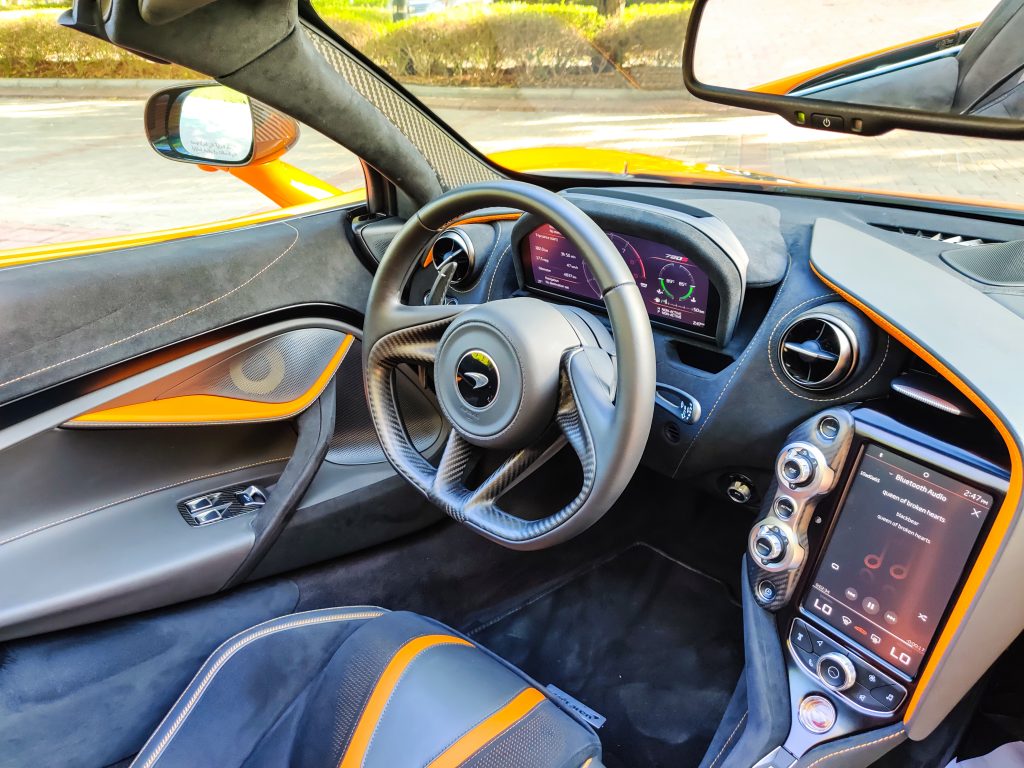
Finished in a fresh coat of Papaya Orange, the dihedral-doored work of art is striking in person; but at first glance, it’s hard to ignore the efforts of McLaren boffins who have painstakingly sculpted the 720S Spider into an aerodynamic masterpiece.
A litany of air ducts are dotted around the front bumper, headlights, and even along the wheel arches to help create pressure to keep the car planted on the ground at high speeds and cool the brakes; and there are additional air channels that run from the hood to the B-pillar to feed cool air into the mammoth radiators and the engine. In all, the 720S Spider has 15 air inlets – and each one of them serves a different purpose.
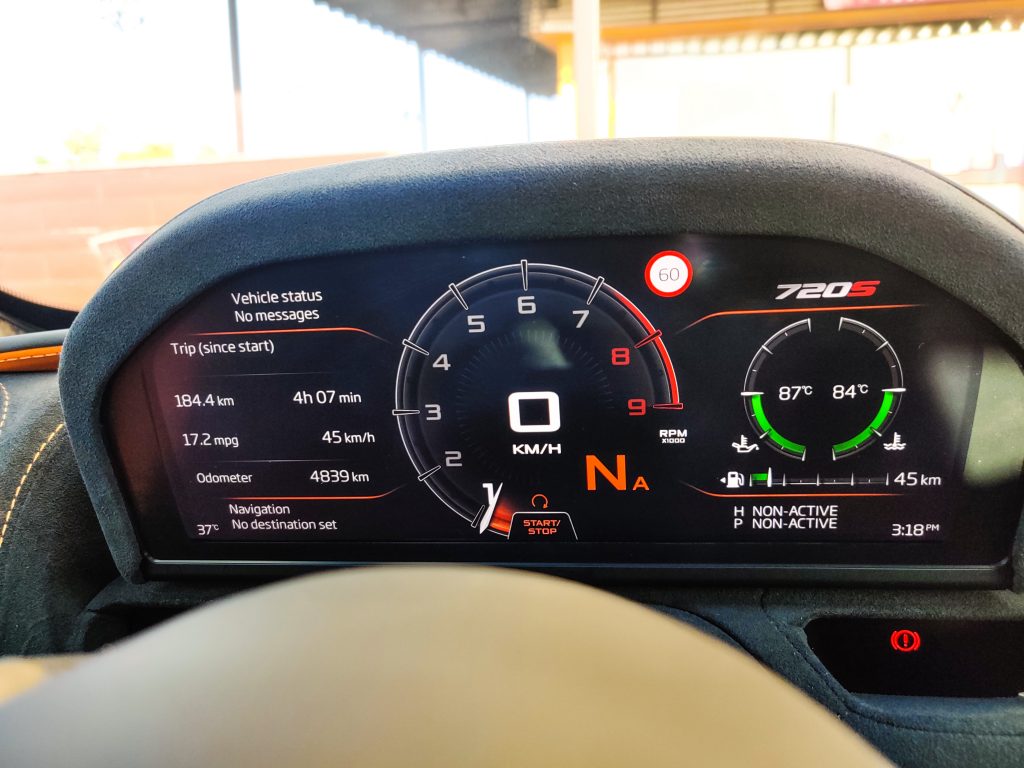
The 720S Spider sports an aggressive fascia, with carbon-fibre inlets around the headlamps. The lights up front are sharp and there are additional daytime-running lights that extend into the turn signals by the wheel arches. Meanwhile, in true supercar fashion, the posterior remains busy to serve function. There are carbon-fibre outlets to help dissipate heat from the engine, a dual exhaust setup that is engulfed around large mesh grilles, a functional diffuser that will help with stability at high speeds, and an enormous active spoiler that doubles as an air brake (yes, you heard that right).
Our fully loaded tester also rode on a staggered wheel setup: 19- and 20-inch alloys in the front and back, respectively; and were finished off in our favourite racetrack-ready Pirelli P Zero tyres (245/35 front and 305/30 rear). At 11 seconds and up to speeds of 50kph, the Spider also boasts of one of the fastest retractable hardtops in the segment. In our drive past the streets of Shatti Al Qurum, we were able to retract the roof in between traffic signals with plenty of time to spare.

The interior is simple and functional. The insides are classed in high-grade Alcantara and Nappa leather. At its core are two screens: a vertically-oriented seven-inch touchscreen that offers infotainment controls for Bluetooth, navigation, and audio features; and a folding instrument cluster that transforms into a track-ready telemetric device, complete with throttle angle and G-Force readouts, when you switch into ‘Track’ mode on the drive selector.
Additional features worth noting in our tester were the electrochromic glass roof that can dim and brighten using electricity with just the push of a button on the headliner, and a 12-speaker Bowers & Wilkins audio system.
Underneath the skin lies a bonkers of a 4.0-litre twin-turbo V8 (M840T) motor that pumps out a steadfast 720hp and 770Nms of torque. It is mated to a seven-speed sequential gearbox that drives the rear axle via a potent open-differential to create a sense of engineered aggression that must be felt to be believed.
Naught to 100kph is achieved in a mere 2.9 seconds and the Spider taps out at a respectable 341kph. It must be kept in mind that the 720S Spider can outrun a Bugatti Veyron Grand Sport Vitesse from 0-200kph in a drag run; although, there’s plenty of turbo lag from the onset that can unsettle you if you’re not used to the turbo setup.
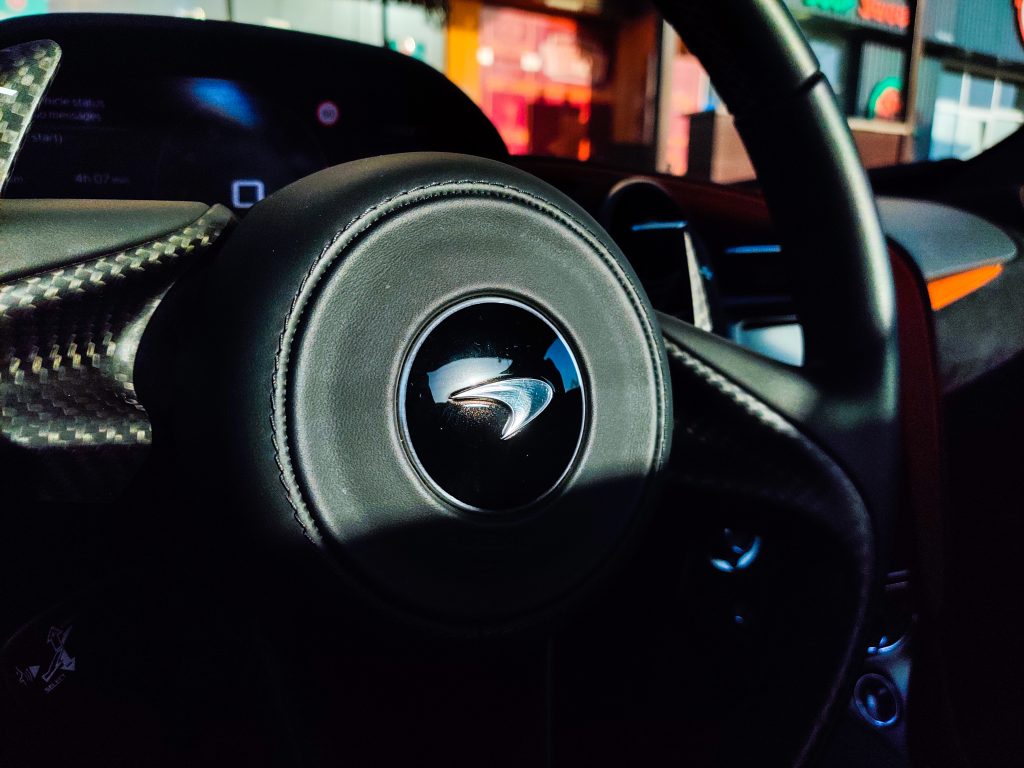
The liturgy is repeated in corners too where the 720S Spider can ring in a form of finesse that can’t quite be replicated by American supercar makers. Bringing the car to life is the carbon-fibre tub that forms the underbelly of the open-top car. Meticulously crafted, the 720S Spider benefits from a very low curb weight at 1,490kgs that, coupled with the low and centrally-placed engine, helps pivot the car into apexes like nothing else we’ve driven in recent times. Body roll is virtually non-existent and the sport-bucket seats keep you locked in position to give you the perfect angle of attack.
The electro-hydraulic steering is precise and there’s just enough feedback translated through the P Zeroes and into the cabin to foretell what’s going on underneath you. There’s no traditional sway bar magic here either; instead, you’ll receive McLaren’s tried-and-tested hydraulic suspension system that keeps all four wheels glued to the road surface for maximum grip.
Hard cornering revealed little to no understeer but a boatload of oversteer in faster and tighter turns. With the ‘Active’ button pushed and ‘Track’ mode selected on the unassuming knob, the 720 horses blow the gaff on a side you’re better suited to let a professional deal with. The 720S Spider is an oversteering maniac that, along with the ‘Variable Drift Control’, will push your skills to avenues even the Italians haven’t dared to scope in the last decade or so, save for their rivals from Maranello.
Now let’s talk braking. The 720S Spider comes with carbon-ceramic brakes with a six-piston set up in the front and four in the back. While the brakes do come to life when you’ve done enough driving to generate heat in them, pushing on the numb-ish brake pedal can feel like a leg workout, especially at lower (cruising) speeds. This could be down to the tuning on our tester but we can’t be sure. Mind you, they’re still some of the best brakes we’ve tested in a 700-plus horsepower supercar.
The McLaren 720S Spider boasts of all the hallmarks you’d expect from a modern-day supercar but with much more flair and soul than even some of their counterparts from Germany.
The way the car conducts itself on the track is nothing short of supernatural, and it’s impossible to ignore the Formula One DNA that is coalesced into the drive- and powertrains. Is this the perfect supercar? In the right hands and the right road conditions, it might just be.

